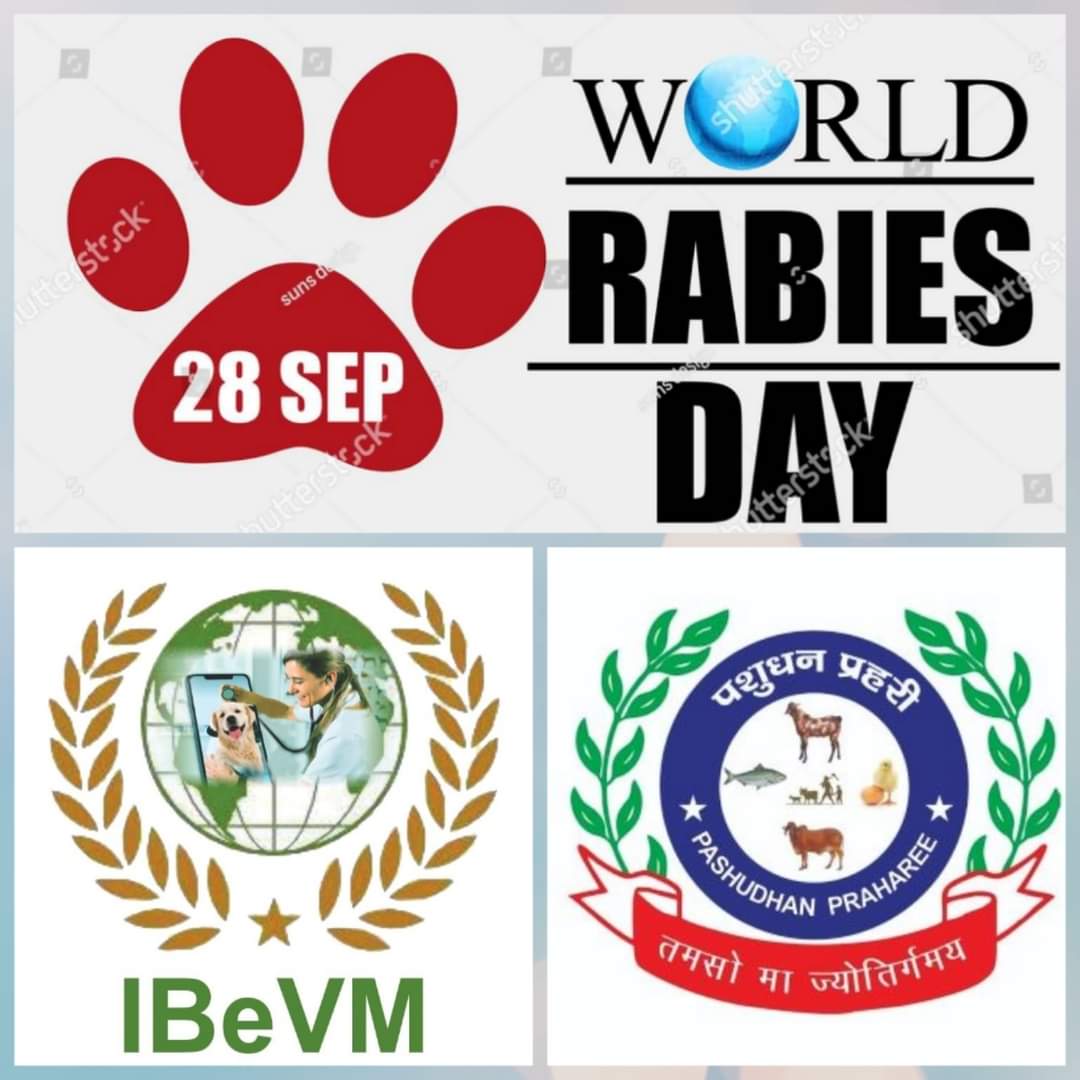CONTROL AND ERADICATION OF RABIES IN INDIA
INTRODUCTION
“Lyssa – still kills many lives and loyal”
Rabies is one of the deadliest viral disease that affects the CNS of mammals including humans. The virus is particularly present in the saliva and brain of infected animals. It is transmitted via the saliva of an infected animal, most often a dog. Once symptoms are present, the disease is fatal for both animals and humans. Rabies is rife in two-thirds of the world’s countries. It is still a pervasive global threat.
Each year on the 28 September, the international community comes together to promote the fight against rabies. World rabies day is a day of action and awareness raising. It is a chance for us to join he global movement and create awareness among public. In this essay I am going discuss something about how to control and eradicate rabies in India.
STAY AWAY FROM STRAY
In India, stray dogs are the potential source of rabies. Controlling and eradicating rabies therefore means combating it at its animal source. Dog population management is an integral part of rabies control programme. Dog destruction alone is not effective in rabies control.
Control measures of stray dog population should include:
Education and legislation for responsible ownership
Registration and identification of owned dogs (licensing)
Controlling reproduction in dogs prevents the birth of unwanted puppies.
Removal and handling of stray dogs humanely.
Capture and return to the owner
Exclude dogs from source of food (e.g. rubbish dumps)
Control the movement of dogs.
Dog breeders and dealers should be encouraged to form or join an appropriate association.
Reduction in dog bite incidence
Euthanasia
“Treat the street first”
VOICE FOR VACCINE
Mass canine vaccination campaigns have been the most effective measure for controlling rabies. Mass vaccination of dogs in infected areas is the only way to permanently interrupt the diseases’ infectious cycle between animals and humans.
It is estimated that by vaccinating 70% of the dogs where infection is still rife, rabies could be eradicated in dogs and the number of human cases would rapidly drop to almost zero.
Excellent anti-rabies vaccines for dogs, developed according to OIE standards are nowadays available. For example, Pitman Moore l503 strain and LEP – Flury are much effective against rabies in dogs.
“Prevention is better than cure”
REACT AGAINST RESERVOIR
In countries like India, where rabies is endemic control methods are aimed mainly at reservoir species. Wild carnivores like foxes, wolves, raccoons, jackals as well as many bat species potential reservoirs for rabies in nature.
The oral rabies vaccination (ORV) for wild carnivores are available as oral baits. For ORV of foxes and raccoon dogs modified live rabies vaccines, either attenuated live rabies viruses or recombinant viruses are used. A vaccine filled sachet is enveloped by a bait casing typically consisting of fishmeal, fat and paraffin. Vaccine baits need to be deposited throughout all potential wild carnivore habitats (almost everywhere). Street Alabama Dufferin (SAD or SAD – B19) strain is available as oral bait vaccine.
“Don’t wait
Here’s bait”
SURVEILLANCE AND AWARENESS
Surveillance of rabies is the basis for any programme of rabies control. Veterinary surveillance of rabies and laboratory submission of reports of suspected animal cases is also essential for management of potential human exposures and for veterinarians to adopt appropriate measures towards animals in contact with a suspected animal case.
Also encouraging and creating awareness among public regarding rabies control programmes and particularly the vaccination of dogs.
Increasing awareness of rabies prevention and control in communities includes education and information on responsible pet ownership, how to prevent dog bites and immediate care measures after a bite.
Pre exposure immunization is recommended for people in certain high-risk occupations such as lab workers, pet owners and veterinarians. Monitoring of rabies programmes and disease surveillance are needed to measure impact and for increasing awareness advocacy.
“Beware of Rabies”
CONCLUSION
Rabies control programmes are a major challenge for many countries. Ultimately the ways to say bye to rabies are
• Public awareness and education campaigns.
• Surveillance and reporting of suspected cases of rabies
• Vaccination programmes for domestic animals and wild animals
• Stray animal population control programmes, where feasible.
Because of the high fatality rate, the prevention of rabies s of utmost importance in India. Engagement of multiple sectors and One Health collaboration including community education, awareness programmes and vaccination campaigns are critical.
WHO leads the collective “United Against Rabies” to drive progress towards “Zero human deaths from dog – mediated rabies by 2030”. As a responsible citizen of India, we have to take part in controlling and eradicating this deadliest disease from our nation.
Rabies: It’s not ease, but
We can cease it.
SAKTHISIVAPRIYA B
BVT16045
4TH YEAR
GUIDED BY
D R. V. RAMAKRISHNAN, ASSISTANT PROFESSOR
VETERINARY COLLEGE AND RESEARCH INSTITUTE – TIRUNELVELI
TANUVAS – CHENNAI


